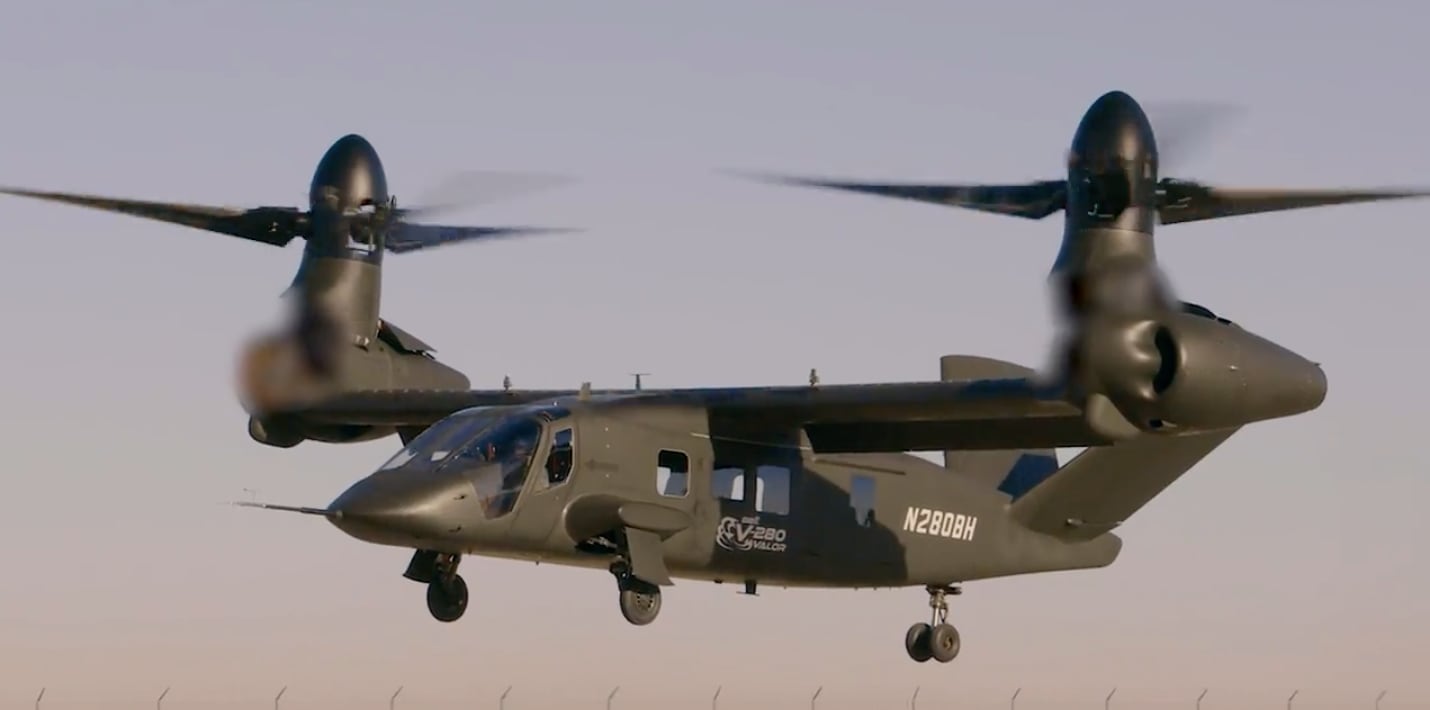As a nation, we have an obligation to support our brave men and women in uniform who are deployed protecting the American people. That support is manifested through the U.S. Congress’ constitutional responsibility to ensure our troops have the best possible equipment and medical care, especially in times of war.
As we consider the future, America’s Army must modernize now to provide transformational next-generation capability in support of combat-ready forces to deter war and be ready to fight to protect the security of our nation and its people. The current inflection point requires innovation, creativity, speed, and range in fielding next-generation technologies across its modernization priorities.
Future vertical lift, or FVL, one of the highest Army modernization priorities, will field technologies to increase the maneuverability, endurance, and lethality of current Army aircraft — significantly increasing their operational reach and effectiveness against near-peer competitors.
The battlefield is changing. Future aircraft must meet the required demands of speed, agility, and lethality on the modern battlefield, and also have robust medical evacuation, or medevac, capabilities. The advancement of medical technology combined with future long-range assault aircraft capabilities will create more favorable operational environments.
The FVL program seizes the opportunity to improve upon medevac operations and redefine what is known as the “golden hour” — a critical factor that saves lives and preserves quality of life for soldiers. The golden hour is a concept that presumes that some deaths are preventable if appropriate and timely care is provided.
As we prepare for a future conflict in the vast Indo-Pacific, we need to ensure that our medical readiness is at an all-time high. It will be crucial to have an aircraft with the speed and range necessary to transport an injured soldier in that theater. Those factors alone will be the difference in whether we save somebody’s life and how many lives we can save.
It is imperative that we not only extend the golden hour radius, but the aircraft supporting the medevac mission should be able to give critically injured soldiers the best chance for survival in the event of an injury in an increasingly complex security environment. When it comes to medevac, every second matters.
For the golden hour, speed is the deciding factor in how quickly casualties receive lifesaving care. We need an aircraft in our fleet that has the range and speed to not only ensure an injured service member can make it to medical care within the golden hour, but one that also increases the odds of preserving quality of life.
As a combat physician, I know first-hand how important it is to be able to transport a wounded service member quickly. It will be imperative the new medevac aircraft allows for access to the patient so en route care can be provided while utilizing the latest medical technology. As advancements in medical equipment are made, an open system architecture on the new medevac platform will provide combat medics state of the art in-field medical capabilities and technology, while in flight ensuring optimum medical care. Given the speed and range limitations of current Army medevac aircraft, Army medical evacuations require multiple staging locations that must be secured, supplied, and manned by forward surgical teams. Simply put, more resources are required to complete the mission.
The next medevac aircraft must be able to compliment a theater commander’s ability to reduce medevac footprints with a longer-range ability and reduction in forward refueling requirements. Moving forward, we also need to understand that an Indo-Pacific conflict would involve a highly advanced adversary, so we must adapt our capabilities to allow us to fight and win against near-peer competitors. Ultimately, we need to be smarter and more strategic to give ourselves every chance at winning a conflict and preserving life.
Future vertical lift provides the Army with a medical evacuation platform that offers advanced protection and mobility capabilities for our wounded soldiers during evacuation from the battlefield. Our next medevac aircraft needs to have transformative speed, range, and agility to transform the golden hour. This modernization effort will save lives, significantly increase our service member’s chances of survival on future battlefields and enable the Army to pivot from incremental aircraft improvements, which have allowed peer competitors to erode our military superiority.
Medevac is a mission that absolutely cannot fail under any circumstances. Our military medical personnel stand ready to fly into battle and risk their lives to save others and Congress must ensure we provide them with state-of-the-art aircraft to match that mindset.
Rep. Ronny Jackson, R-Texas, is serving his first term in the U.S. House of Representatives, representing Texas’ 13th Congressional District. Jackson graduated from medical school at the University of Texas Medical Branch and served in the Navy. Dr. Jackson was serving in Iraq when President George W. Bush called him to serve in the White House Medical Unit. Jackson led the WHMU as Physician to the President during the Obama and Trump Administrations, and President Donald Trump appointed him as Chief Medical Advisor and Assistant to the President in 2019. Jackson retired from the Navy in 2019 and returned to his home state of Texas to run for Congress. He is on the House Armed Services Committee and the House Foreign Affairs Committee.
Have an opinion?
This article is an Op-Ed and as such, the opinions expressed are those of the authors. If you would like to respond, or have an editorial of your own you would like to submit, please email Military Times Managing Editor Howard Altman.
Want more perspectives like this sent straight to you? Subscribe to get our Commentary & Opinion newsletter once a week.




